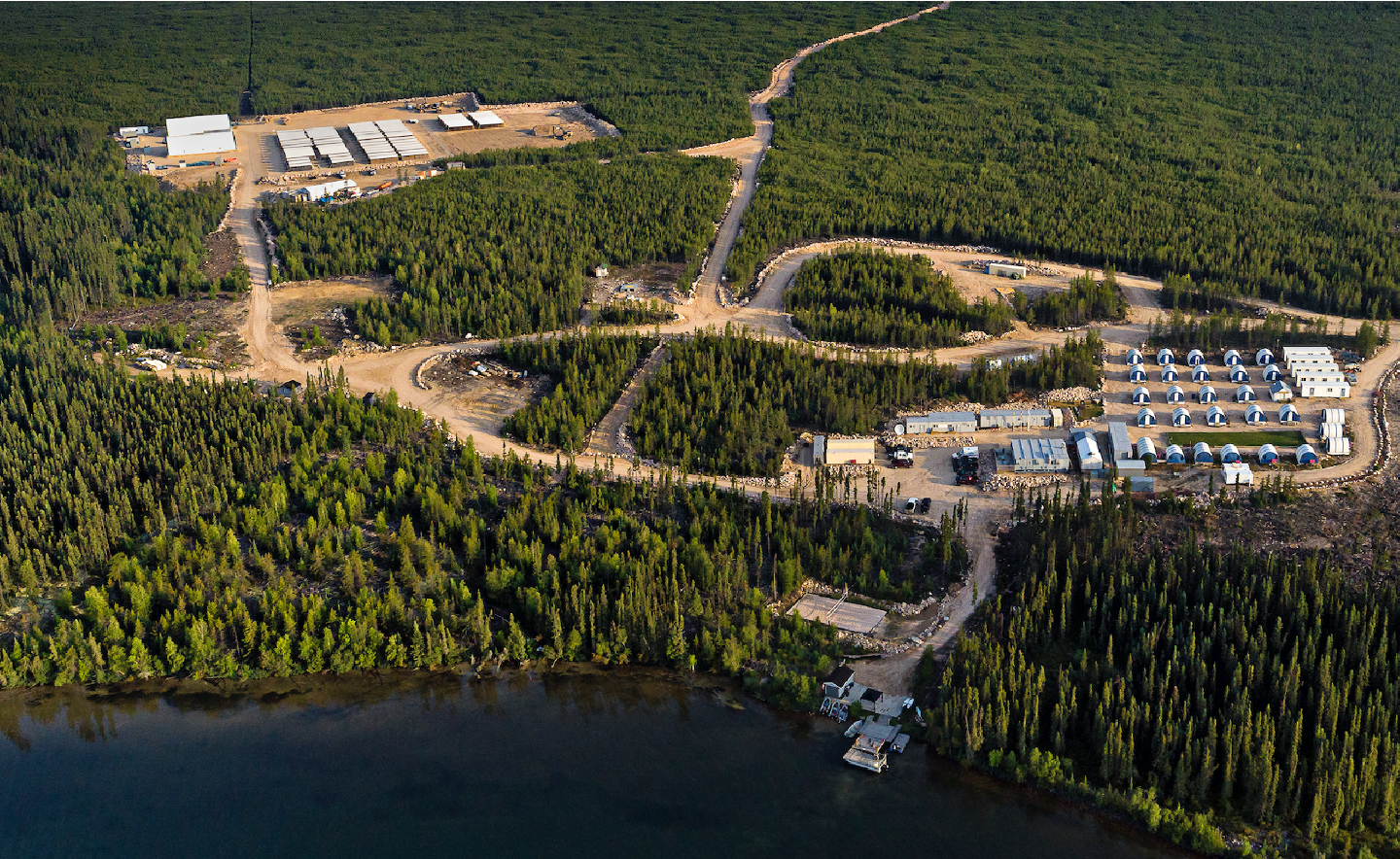Mining, water, and a call for conservation
By Briana Gunn
Miners are ramping up conservation efforts to reduce the costs associated with water. And they’re satisfying concerned stakeholders and enhancing public perception of their operation’s social license and environmental stewardship at the same time.
The best, most responsible water management systems start at the beginning, factoring its use into the earliest stages of a new project. Then it’s kept firmly on the radar screen, a constant consideration from permitting to exploration, and throughout the design and construction phases.
Estimating the amount of water a new mine will need and how to get it can be complicated. Some operations need more than anticipated, or have less processed water to return than expected. This can have serious implications, for both the process and the environment. Failing to address the situation properly can have disastrous results. It can even cause the operation to be shut down.
There’s never a good time to have water problems. But serious issues with availability and use always seem to arise when you’re in crisis mode. As miners know, it’s always more expensive to address issues on the fly. Even a few hours of lost production can have a real impact on yield and performance. Having a good understanding of the system from the beginning can prevent lost time and stave off unexpected problems.
Mines that are already operational need to mitigate risk by regularly updating and optimizing their water-use strategy. There are some simple actions most can take to help avoid water issues in the future, and save money right now.
Reduce water needs. Develop methodologies to reduce water usage within the process. Design ways to keep process material as dry as possible for as long as possible in the flowsheet. Evaluate methods for tailings storage that can use less water and preserve the water you already have embedded in the process.
Minimize contact water. Design mining operations to reduce the impacts to surface and groundwater systems. This includes looking at alternative mining methods above and below ground to reduce the effect on aquifers. Consider using non-explosive methods in mining. These may result in less water to treat in the future.
Valuate water. Understand the cost of water, on both financial and risk bases for current and future conditions. How does your operation impact the environment around the mine? Can other methods be used to optimize water use that may reduce the potential for increases in future costs and impacts due to scarcity? Understand the value of water and utilize this in your evaluation of projects.
Increase recycling and recovery. Consider methodologies to recover seepage for use as process water. There are almost always ways to seal up cracks and crevices that drip drain water from your operation and dollars from your profits.
Consider alternative methodologies for water onsite. Spraying water is only one way to keep dust levels down. It might make more economic and environmental sense to prevent its build-up in the first place, or to remove dust rather than soak it.
Many mining sites are in remote locations where water is a scarce commodity. If your supply is being diverted from a river and you’re using lots of it, there can be serious impacts to groundwater systems. To put the right systems in place to conserve it, you need an in-depth understanding of the complete water system at the site in question.
Establish a baseline for water balance. Devise a schematic that shows inflows, sources of fresh water and process water, and how it’s all recycled.
Examine how you’re using water now. Ask targeted questions about why it seems more water is used at certain times or in certain areas. Is the quality of the ore changing? Did a new dam come online? Is the amount of rainfall changing?
Develop alternatives for optimizing water use. Be prepared to make system changes. Evaluate the cost of using water prudently and compare it to the cost of shutting down your entire operation. Water scarcity needs to be a priority. Make it one.
Embrace new technology. Mining processes can reduce water use by forming pastes, thickening, and dry-stacking waste. These methods are becoming more pervasive, effective, and economical as we put higher values on water.
Envision the worst-case scenario. But don’t wait for it. Start where you are now. Do what you can do. To conserve water cost-effectively, try the easiest strategy or solution first.
Our vision is directly aligned with developing operations, technologies, and designs that center around water conservation throughout the mine life cycle. We’re working hard to identify and adapt processes, optimize existing systems, and develop new technology to support reduced water usage in mining.
The world is finally waking up to the reality that our environment is changing. We’re now recognizing and accepting—sometimes reluctantly—that we have a responsibility to sustain the life and health of the planet, even if only for our own sake. There’s a loud, resounding call to action for the mining sector to respect and conserve water. We all need to hear it.

Briana Gunn
Tailings and water consultant, North and South America
Briana Gunn has global experience in hydrologic and hydraulic analysis, civil/hydraulic design, construction engineering and project management. Her focus is on the development of water and tailings management and stewardship for her clients, developing strategies to assist operations in sustainability and managing risk during both operation and closure.
{{ commodity.name }}
{{ post.title }}
{{ post.date }}

Comments